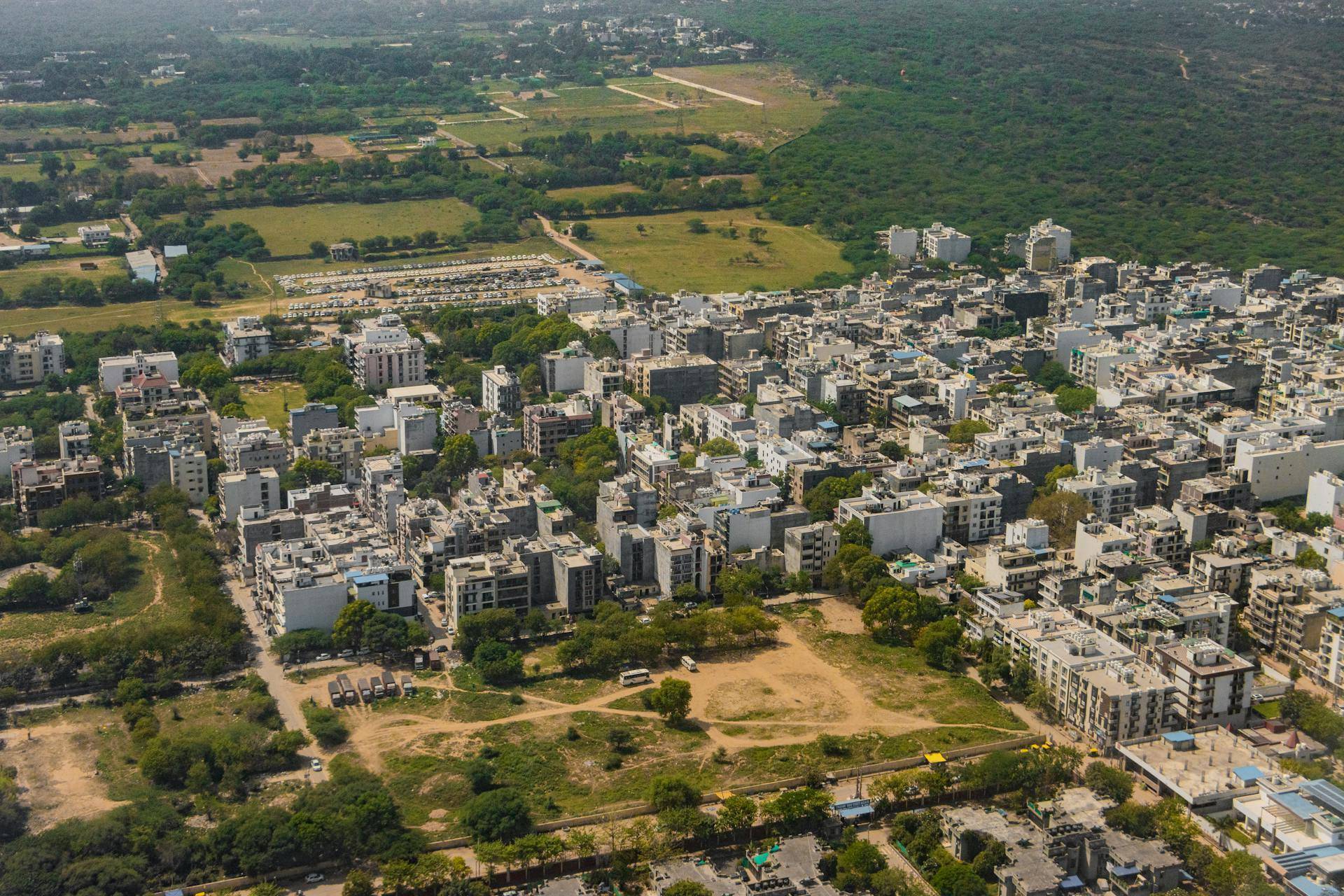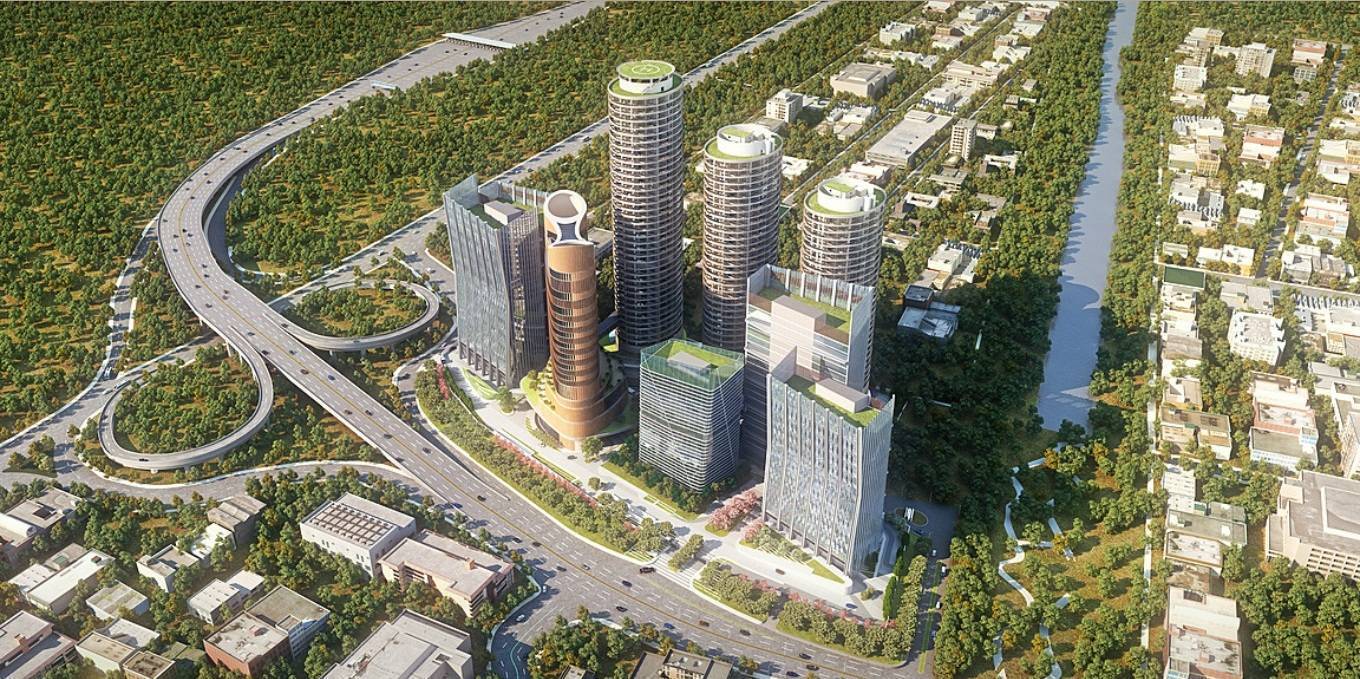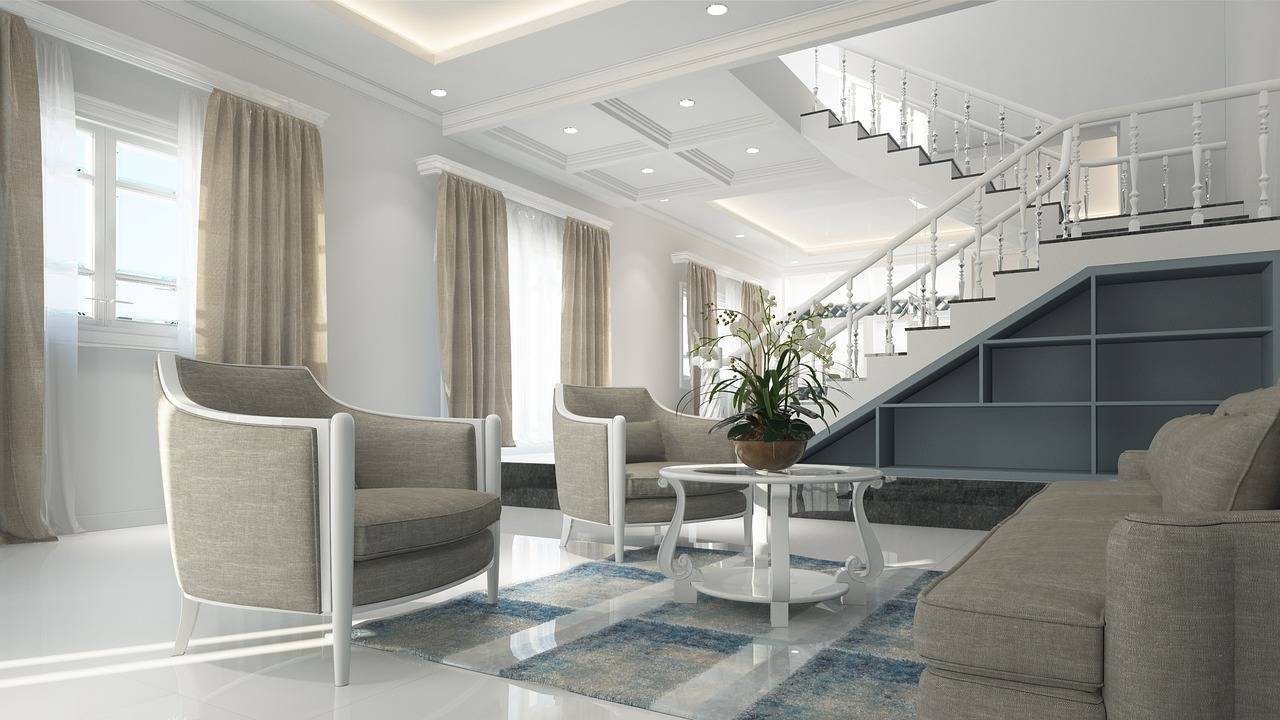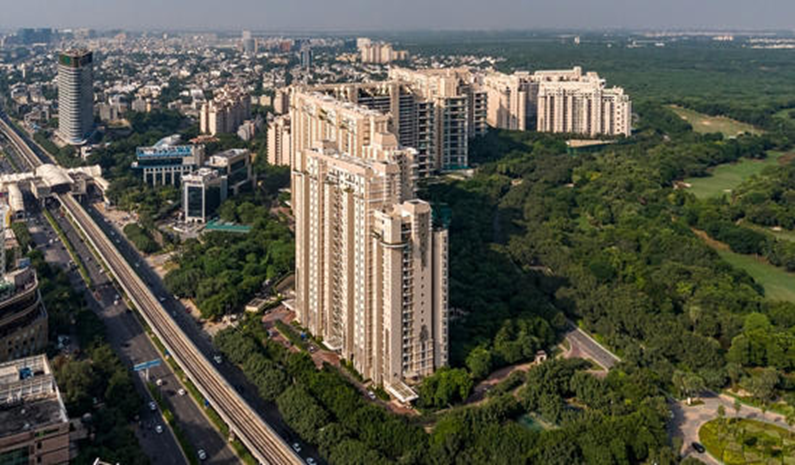The National Capital Region (NCR) has witnessed a significant transformation in its residential real estate market over the past five years, with average property prices rising by 81%, according to a recent report by Anarock Property Consultants. The average price has increased from ₹4,580 per sq ft in 2020 to ₹8,300 per sq ft in the first quarter (Q1) of 2025.
The report, titled NCR Real Estate – A Beacon of Growth and Opportunity, outlines how key structural reforms, changing consumer preferences, and the shift in supply segments have shaped this turnaround in the region’s property market.
Among NCR cities, Greater Noida recorded the sharpest increase in average property prices, rising by 98% over the last five years. The average rate increased from ₹3,340 per sq ft in 2020 to ₹6,600 per sq ft in Q1 2025. Noida followed closely with a 92% increase, moving from ₹4,795 per sq ft to ₹9,200 per sq ft during the same period.
Delhi and Gurgaon remained the costliest residential markets in the region, with average property prices of ₹25,200 per sq ft and ₹11,300 per sq ft, respectively, as of Q1 2025. Price appreciation in Delhi was relatively modest at 38%, while Gurgaon saw an 84% rise.
The NCR also saw a sharp drop in unsold housing stock, with the total inventory reducing by 51% over five years—from approximately 1.73 lakh units in Q1 2020 to about 84,500 units by Q1 2025.
Noida posted the most significant reduction in unsold inventory, down by 72% from 18,148 units to just over 5,000 units. Ghaziabad followed with a 58% decline, while Greater Noida recorded a 56% fall in unsold stock. The report attributes this trend to increased demand, a more realistic pricing environment, and stronger end-user participation.
As a result, the inventory overhang—defined as the number of months required to sell the current unsold stock at the existing sales velocity—has dropped sharply. In Q1 2025, the overhang stood at 17 months, compared to a peak of 88 months in 2020, indicating improved market health.
In terms of new supply, 2024 saw the launch of approximately 53,000 housing units in the NCR, marking a 44% year-on-year increase. However, the nature of new launches has shifted significantly. While affordable housing (below ₹40 lakh) once dominated, the recent years have seen a pronounced pivot toward high-end and ultra-luxury offerings.
Ultra-luxury homes—priced above ₹2.5 crore—accounted for 59% of new launches in 2024, up from 24% in 2023 and just 4% in 2020. This shift suggests a growing appetite among buyers for larger, better-equipped homes post-pandemic, especially in well-connected urban corridors.
The report identifies key micro-markets that are driving NCR's growth. These include Sohna, New Gurgaon, Dwarka Expressway, and Greater Noida West. These corridors offer a mix of infrastructure development, connectivity to employment hubs, and a range of housing options catering to both mid-income and premium buyers.
According to Anarock, reforms like RERA (Real Estate Regulatory Authority), the SWAMIH Fund for stalled projects, and the Pradhan Mantri Awas Yojana (Urban) have also contributed to restoring buyer confidence and accelerating project completions in the region. As the NCR real estate market continues to evolve, the combination of policy support, improved infrastructure, and changing buyer preferences is expected to sustain momentum in the years ahead.









.png)